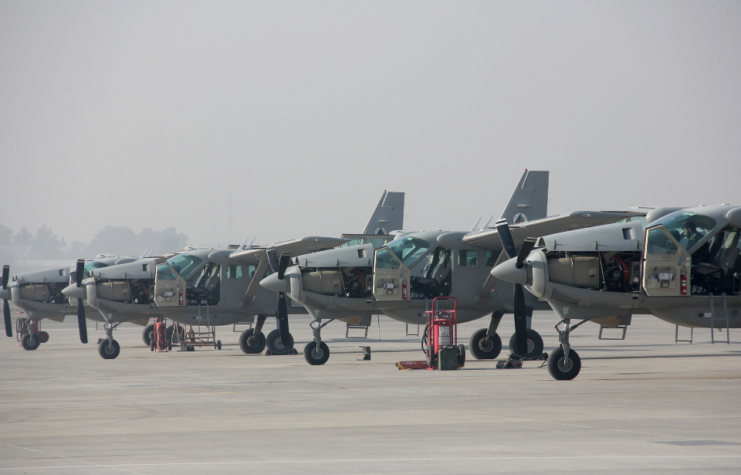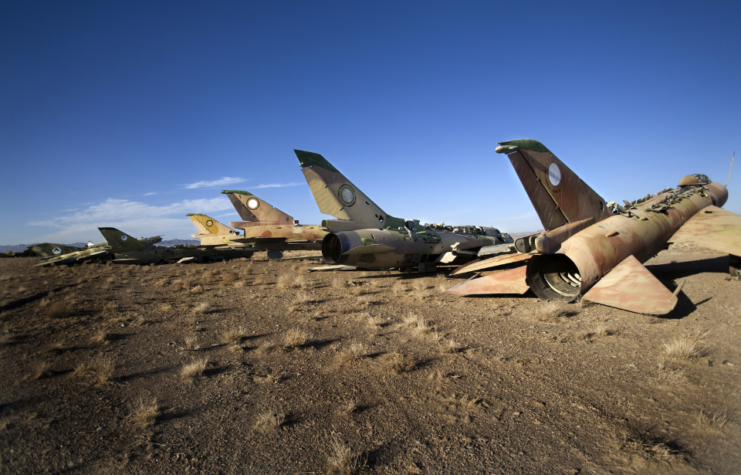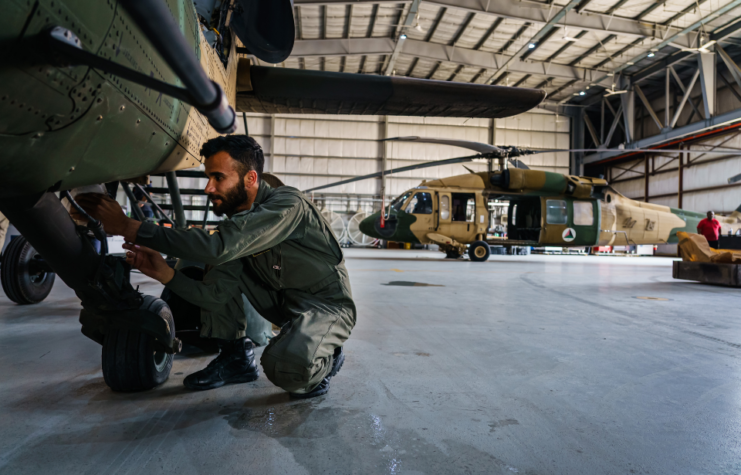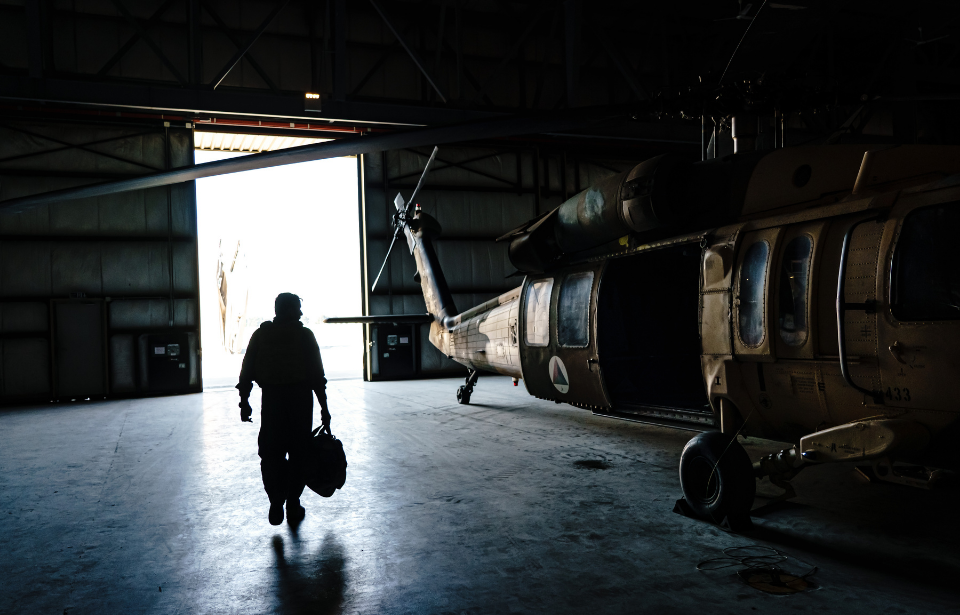The ongoing withdrawal of U.S. forces from Afghanistan, which according to Joe Biden will be completed by the end of August, is putting the future operational capabilities of the Afghan Air Force (AAF) at risk.
The AAF has been heavily reliant on the U.S. for the maintenance and operating of their aircraft, but now that support is all but gone. With the Taliban continuously growing stronger and the situation in the country rapidly deteriorating, the AAF will likely struggle to hold them off on their own.
The AAF’s biggest issue is organization and training of their personnel. Air power is critical in the fight against the Taliban, as it can level the playing field against superior forces on the ground. The U.S. invasion of the country heavily relied on air power for most major victories. Maintaining control of the skies allows a force to reduce the effectiveness of enemy air power, too.

Seth Jones, director of the International Security Program at the Center for Strategic and International Studies said about the usefulness of air power when fighting the Taliban: “They will have vehicles. They will have larger numbers of infantry converging onto targets and in infrastructure. The whole function of airpower is hitting a target, dropping bombs from fixed-wing aircraft and bombers, and taking them out.”
Logistically, aircraft enable the rapid movement of troops and supplies around an area that is rife with danger or simply impossible to get to with ground vehicles, like mountain slopes.
“It’s the air capability that will bring those people there,” He added. “Ground transport is slow, and in the environment today, the Taliban does control some key roadways.”
“Because of that, air is really important in transporting key material, weapons, ammunition, and other kinds of support.”
The Afghan Air Force

The roots of the Afghan Air Force date back to around the time of WWI, but were bolstered significantly in the 1980s, by none other than the Soviets, who invaded the country in 1979. At their peak, they had over 400 aircraft, many of which were Soviet-made. The Soviets hoped that after they pulled out of the country, the AAF would be able to repel the mujahideen, but they failed to do so. When the U.S. invaded in 2001, all they had left was a few helicopters.
Since 2007, history repeated itself when coalition forces helped build the Afghan Air Force back up, but to fight the Taliban this time, an off-shoot of the mujahideen. With the U.S. withdrawal of the country, it is looking increasingly likely that the AAF will collapse under the intense pressure from the Taliban.
Currently, the AAF has 162 aircraft, 143 of which were operational.
While the AAF has made great progress over the past decade, such as performing its first emergency air drops and dropping its first laser-guided weapons in 2018, it still has a long way to go before it can tackle the Taliban alone.
They are suffering from a lack of fully qualified air crews to the extent that only a singular aircraft, a C-130, had over half of its crew fully qualified.
The AAF’s future

The AAF operate seven different types of aircraft, varying from attack aircraft, helicopters, and transports. Of these seven types, only three have enough trained mechanics to keep them airworthy at an operational level. Because of this worrying shortage of maintenance crews, the AAF has been using private contractors to help keep their aircraft flying and train their personnel. However, these contractors will leave the country along with the final departing U.S. troops.
A recent Special Inspector General for Afghanistan Reconstruction (SIGAR) report has concluded that “without continued contractor support, none of the AAF’s airframes can be sustained as combat effective for more than a few months.”
To help the situation, the AAF has turned to Zoom, a video communications platform, to train their personnel over the internet. Naturally, this wireless method of training comes with its own hurdles, but it’s a testament to the nation’s desperate circumstances.
More from us: German Military Will Leave No Beer Behind When They Leave Afghanistan
It is unclear what exactly will transpire once the U.S. has finished its withdrawal, but the situation is deteriorating quickly. A series of Taliban offensives has seen them take control of large areas of the country, and China has recently offered its support to the organization. The future for the AAF and anyone else opposing the Taliban looks bleak.
Time will tell if history is set to repeat itself.
